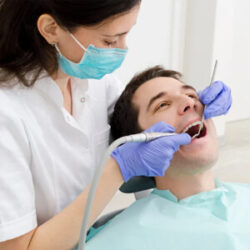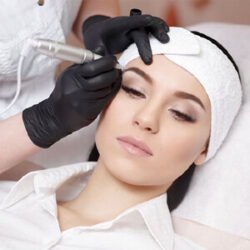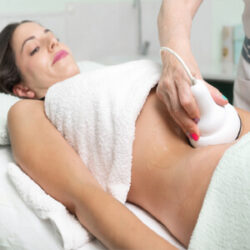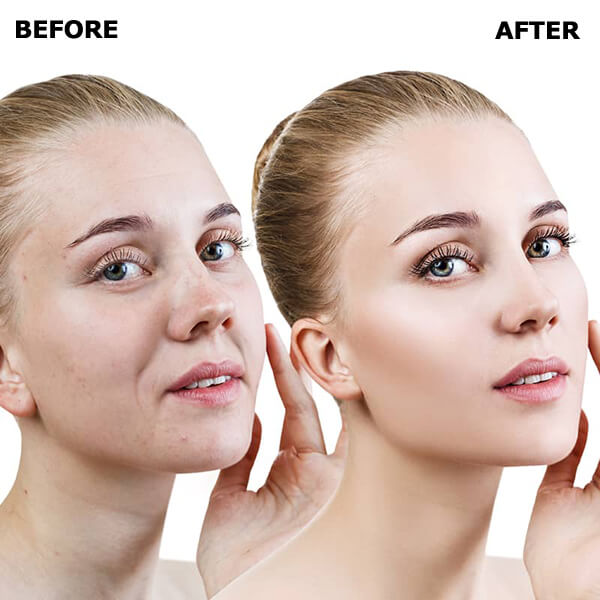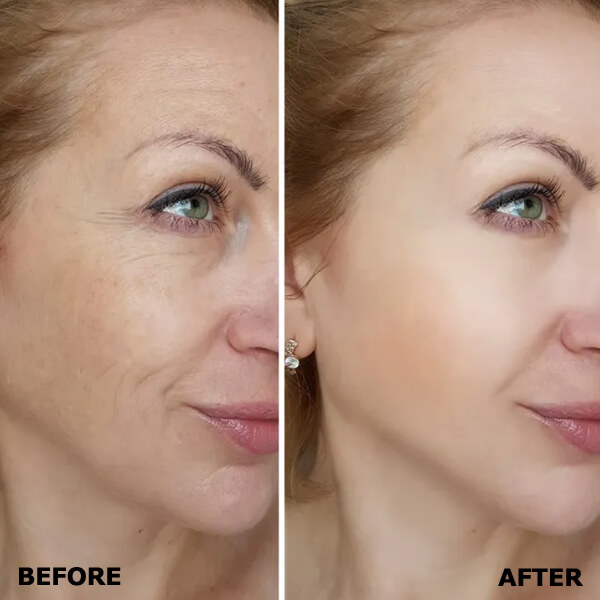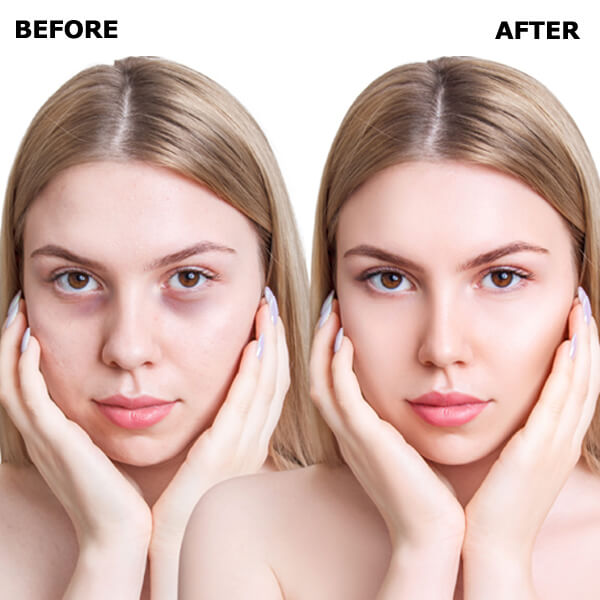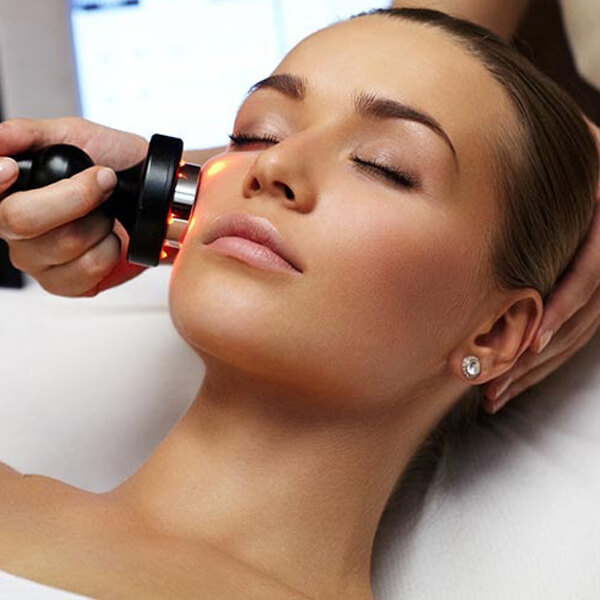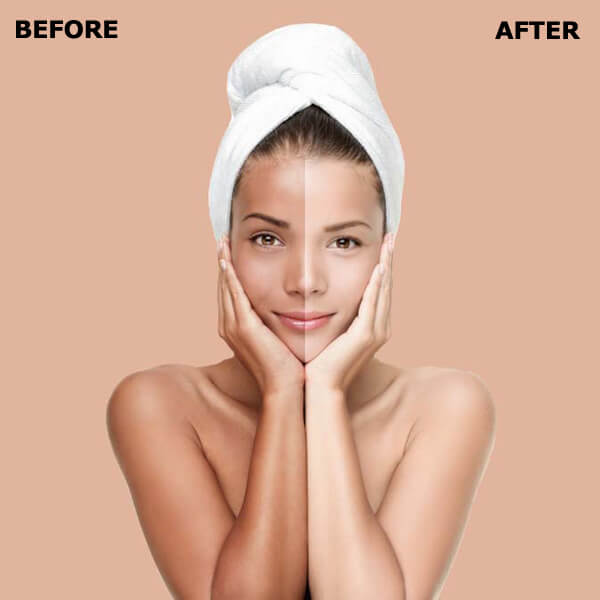What are the signs of ageing?
Ageing can take its toll in many different ways, including:
Expression lines and wrinkles
Loss of fat volume
Loss of bone structure
Gravity
Sun damage – the worst offender
What are the different types of nonsurgical anti-ageing treatments?
There are treatments that can smooth and tighten the skin, adding volume replacement and wrinkle reduction. However, a non-surgical procedure is going to provide the same lifting results as surgery, it will leave you looking fresher and rejuvenated. The options include:
Injectables – injecting filler materials under the skin can fill in folds, smile and laugh lines and create fuller lips and give more volume to hollow cheeks and eyes. These include dermal fillers, collagen, hyaluronic acid, synthetic fillers and fat transfers.
Botulinum toxin – this temporarily paralyses muscles when injected and prevents the skin from creasing and making wrinkles.
Liquid facelift – a combination of muscle relaxers, such as Botox, and dermal fillers is known as a liquid facelift.
“Face-melting” – The chemical deoxycholic acid that is found in the body can be injected into the body to reduce body fat in areas such as the double chin.
Chemical peel – glycolic, lactic or trichloracetic acid is applied to the skin to exfoliate the top layer so that dead skin cells peel off. This helps reduce fine lines, small scars and sun damaged skin.
Dermal rolling – A cylinder covered in tiny needles is rolled over the skin. The needles stimulate collagen production and the procedure treats acne scarring, lines and wrinkles.
Microdermabrasion – Usually carried out at a spa, fine crystals or sand are used on the face to remove dead skin cells. The procedure is not as effective but skin texture is improved.
Lasers – these are used for moderate lines and wrinkles and can improve skin tightness. There are many different laser treatments available such as ablative lasers that destroy the tissue, which is replaced by new healthy tissue. Non-ablative lasers stimulate the collagen and leave it intact. Intense Pulsed Light (IPL) is a non-skin-removing technique that softens lines, wrinkles and can help some scars to fade.
What are the different types of surgical anti-ageing procedures?
Depending on the level of changes that a patient would like to see, there are different surgical procedures such as:
A traditional facelift – an incision is made in the hairline at the temples and continues around the ear and ends at the lower scalp. Fat can be sculpted or redistributed from the face, jowls and neck. Skin is placed over the uplifted contours.
A limited incision facelift – also known as a “mini lift”, is usually for patients with less skin relaxation as the results are not as rejuvenating as with a full facelift.
A neck lift – a neck lift addresses the sagging jowls, neck skin and double chin. The procedure begins in front of the earlobe and wraps behind the ear and ends in the posterior hair behind the ear.

